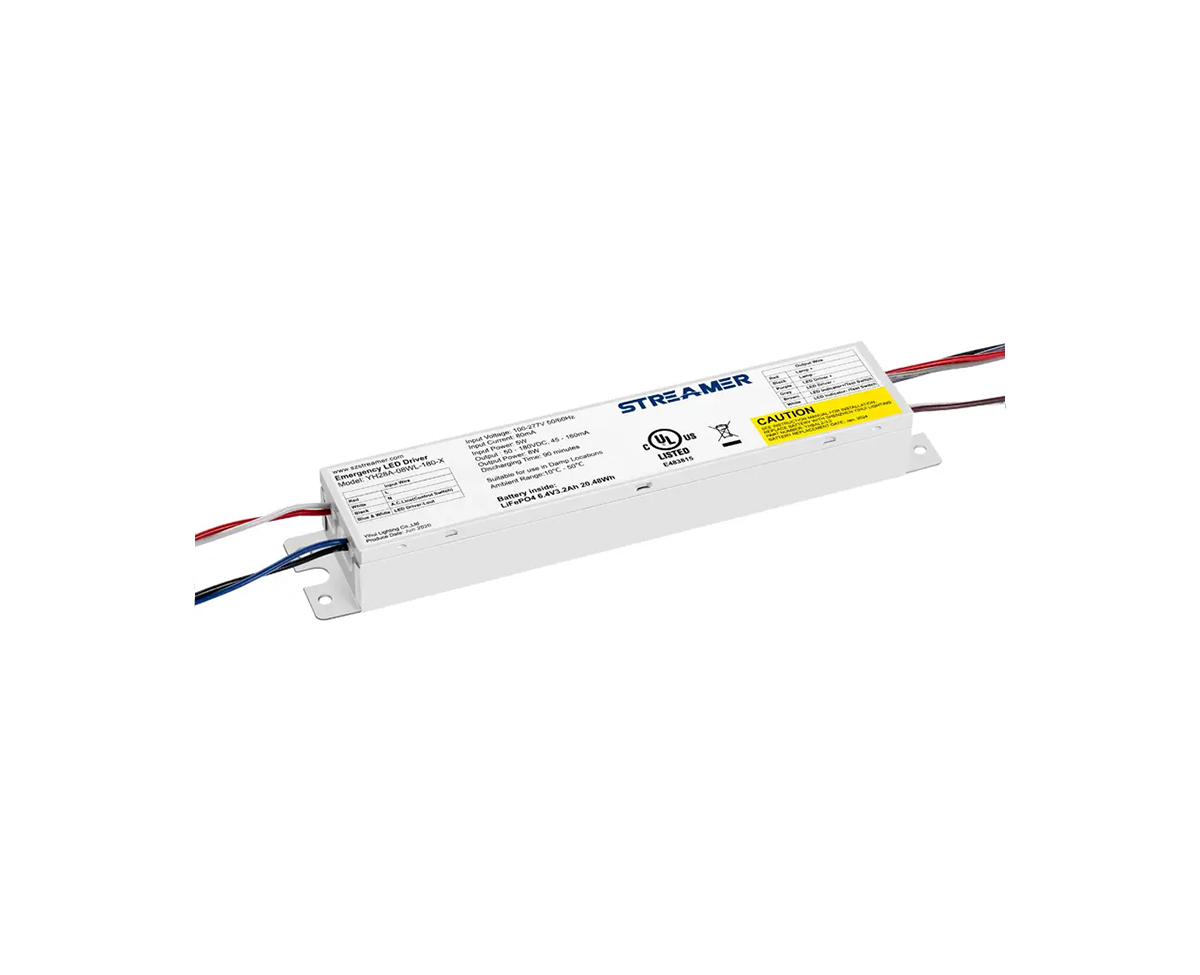 1
1
 May 05, 2025
May 05, 2025

Emergency voltage stability is a critical performance indicator for LED emergency converters, as it directly affects the reliability and effectiveness of emergency lighting. When a power outage occurs, the LED emergency converter must be able to provide a stable voltage supply to the LED lights to ensure consistent brightness and proper operation.
One of the key factors influencing emergency voltage stability is the battery management system (BMS) within the converter. The BMS monitors the state of the battery, including its voltage, current, and temperature. During the emergency discharge process, it adjusts the output voltage in real - time to maintain a stable level. For example, as the battery discharges, its voltage gradually decreases. The BMS detects this change and uses voltage regulation circuits to boost or buck the voltage as needed, ensuring that the output voltage to the LED lights remains within the specified range. Advanced BMS also incorporates protection functions, such as over - discharge protection, which prevents the battery from being discharged below a certain voltage level that could damage the battery and affect voltage stability.
The design of the power conversion circuit is also crucial for emergency voltage stability. High - quality power conversion components, such as switching regulators and linear regulators, are used to convert the battery's DC voltage into a suitable voltage for the LED lights. These regulators are designed to have low voltage ripple and high efficiency. Low voltage ripple ensures that the LED lights do not flicker or experience brightness fluctuations, providing a stable lighting environment during emergencies. High - efficiency power conversion minimizes energy loss, allowing the battery to supply power for a longer duration while maintaining stable voltage output.
In addition, the load - sharing mechanism in LED emergency converters contributes to voltage stability. When multiple LED lights are connected to the converter, the load - sharing circuit evenly distributes the current among the LEDs. This prevents any single LED from drawing excessive current, which could cause voltage drops and affect the overall voltage stability. By ensuring a balanced current distribution, the converter can maintain a stable voltage supply to all connected LED lights, enhancing the performance and reliability of the emergency lighting system.